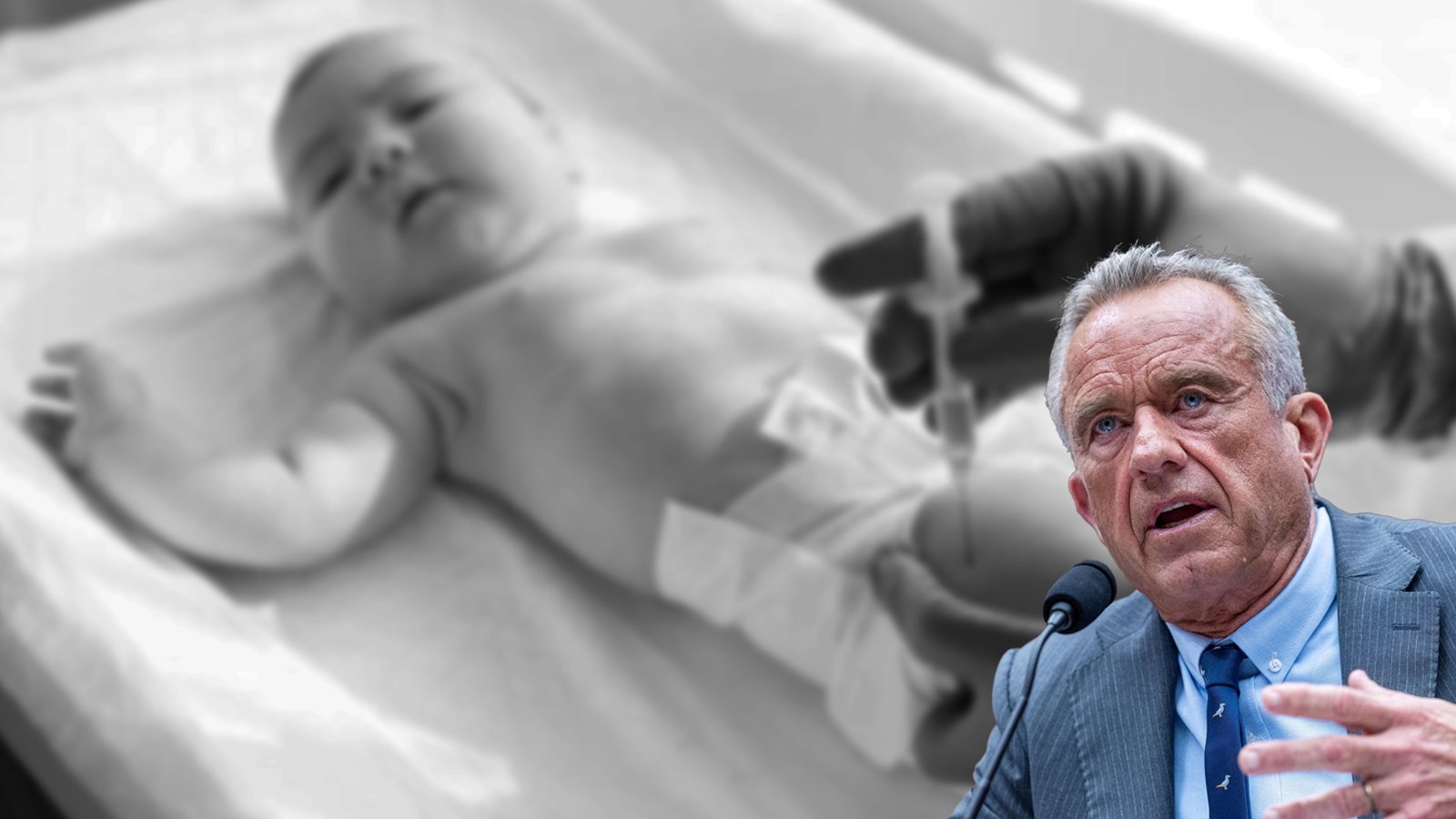Did someone forward you this? Subscribe here free!
On December 22, 1974, the New York Times blasted out an all-cap, 14-word headline: “HUGE C.I.A. OPERATION REPORTED IN U.S. AGAINST ANTIWAR FORCES, OTHER DISSIDENTS IN NIXON YEARS.”
50 years later, the story’s implications would inspire what may be Donald Trump’s most controversial nomination yet.

The law that established the CIA in 1947 forbade the agency from having “police, subpoena, law enforcement powers or internal security functions” within the US. In December 1974, though, Times reporter Seymour Hersh confirmed rumors that the CIA was ignoring these limitations. Specifically, the CIA was photographing and tracking the movements of antiwar protesters; spying on antiwar groups; surveilling antiwar members of Congress; and conducting wiretaps, break-ins, and mail inspections.
The CIA didn’t deny its actions but defended them: “Anything that we did was in the context of foreign counterintelligence and it was focused at foreign intelligence and foreign intelligence problems,” the Times quoted one official as saying.
Hersh’s reporting inspired Congress to create the Church Committee, which revealed that the CIA’s apparent crimes were just the tip of a much larger “Deep State” iceberg.
Among various findings, the Church Committee uncovered an FBI counterintelligence program (COINTELPRO) that targeted civil rights leaders, anti-war activists, and political organizations, including by surveilling, harassing, and discrediting figures like Martin Luther King Jr.; CIA plots to overthrow foreign governments, assassinate foreign leaders, and brainwash US citizens by torturing and drugging them with psychedelics (MKUltra); and NSA schemes that spied on millions of people and organizations by intercepting their communications without warrants.
The reaction to the government’s spying prompted Congress to pass the Foreign Intelligence Surveillance Act (FISA), which regulated how federal agencies could conduct electronic surveillance.
And it was FISA that would later be used against Trump’s inner circle, fuel his belief in the “Deep State,” and inspire his pick of Kash Patel to lead the FBI.
The rest of our deep dive tells the story of the Steele Dossier and why Kash Patel has promised to turn the FBI’s HQ into a “Museum of the Deep State.” You can sign up for a free trial at the button below. Once you do, you can access all our premium articles here. Thank you for supporting our mission!

Editor’s Note
Each time we think we’re going to write about one thing, another story drops and we have to write about something else. We had planned to do a Tulsi Gabbard deep-dive today, but then Kash Patel was appointed and people asked us to write about his story. We now hope to do the Gabbard deep-dive this week, but there’s not telling what will happen next…
We’re curious to hear your thoughts on Trump’s selection of Patel to lead the FBI. Good pick or bad? A step toward better democracy or the end of it? Let us know – and have a good Sunday.
–Max and Max
RocaNews co-founders




